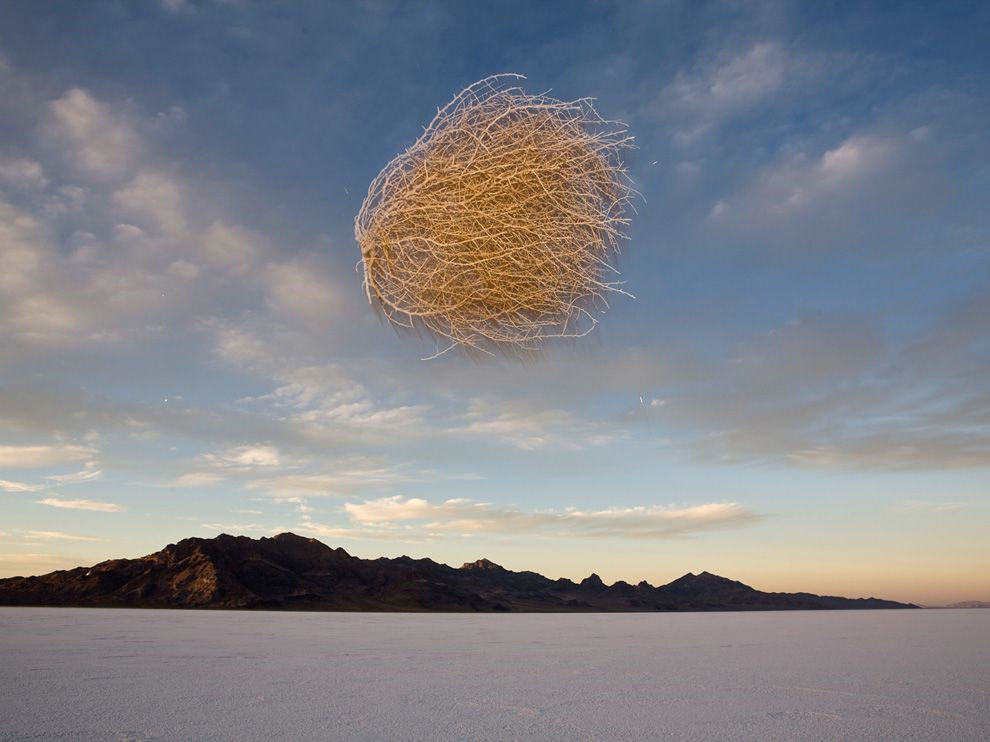Pollen is the most commonly thought of outdoor allergen. It is a fine powder that comes from trees, grasses, weeds, and flowers. Pollen is spread from plant to plant by the wind and birds. People become sensitized or allergic to pollens from contact of the pollens with the lining of their nose, mouth, eyes, and respiratory tract. Sensitized individuals get allergy symptoms when they come into contact with these pollens.
The symptoms of pollen allergies include a runny, itchy and/or stuffy nose, sneezing, itchy and watery eyes, itchy throat, rashes, hives, and coughing and wheezing. Exposure to pollen in sensitized asthma patients can cause worsening asthma symptoms.

Most weeds release their pollen in the late summer and fall. Although ragweed pollen is the most well-known culprit for causing allergy and asthma symptoms, there are other allergy-provoking weeds.
These include:
burning bush (also known as kochia, Mexican fireweed, summer cypress), cocklebur, lamb’s quarter, pigweed, plantain, red (sheep) sorrel, Russian thistle, sagebrush, mugwort, scales (atriplex), tumbleweeds
Some tips for avoiding pollen include keeping the windows closed in your home and car during the pollen season, staying inside or limiting your time outdoors when pollen counts are high, wearing a mask when you are doing yard-work such as mowing the lawn or raking leaves. When you come indoors after being outside, take a shower, wash your hair, and change your clothes to avoid prolonged pollen exposure, replace the filters in your air conditioning/heating system often (at least every 90 days), and dry your clothes in a dryer, rather than outdoors.
Treatment for pollen allergy typically involves a combination of avoidance measures, medications, and/or allergy injections. Allergy injections work by “desensitizing” the immune system to allergens and have been show to be extremely successful in the treatment of pollen allergy.
If you suspect you may have a pollen allergy, the Board Certified Allergy Experts at AAIR can help diagnose your outdoor allergy. If a pollen allergy is found, the allergy experts at AAIR can work with you to design an integrative and individualized treatment plan for your allergies.
Most weeds release their pollen in the late summer and fall. Although ragweed pollen is the most well-known culprit for causing allergy and asthma symptoms, there are other allergy-provoking weeds.
These include:
burning bush (also known as kochia, Mexican fireweed, summer cypress), cocklebur, lamb’s quarter, pigweed, plantain, red (sheep) sorrel, Russian thistle, sagebrush, mugwort, scales (atriplex), tumbleweeds
Some tips for avoiding pollen include keeping the windows closed in your home and car during the pollen season, staying inside or limiting your time outdoors when pollen counts are high, wearing a mask when you are doing yard-work such as mowing the lawn or raking leaves. When you come indoors after being outside, take a shower, wash your hair, and change your clothes to avoid prolonged pollen exposure, replace the filters in your air conditioning/heating system often (at least every 90 days), and dry your clothes in a dryer, rather than outdoors.
Treatment for pollen allergy typically involves a combination of avoidance measures, medications, and/or allergy injections. Allergy injections work by “desensitizing” the immune system to allergens and have been show to be extremely successful in the treatment of pollen allergy.
If you suspect you may have a pollen allergy, the Board Certified Allergy Experts at AAIR can help diagnose your outdoor allergy. If a pollen allergy is found, the allergy experts at AAIR can work with you to design an integrative and individualized treatment plan for your allergies.

